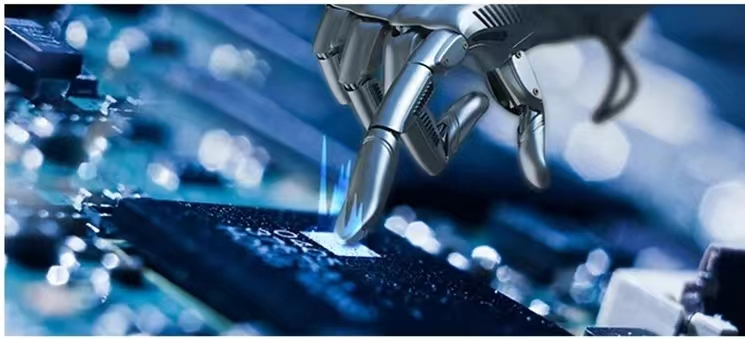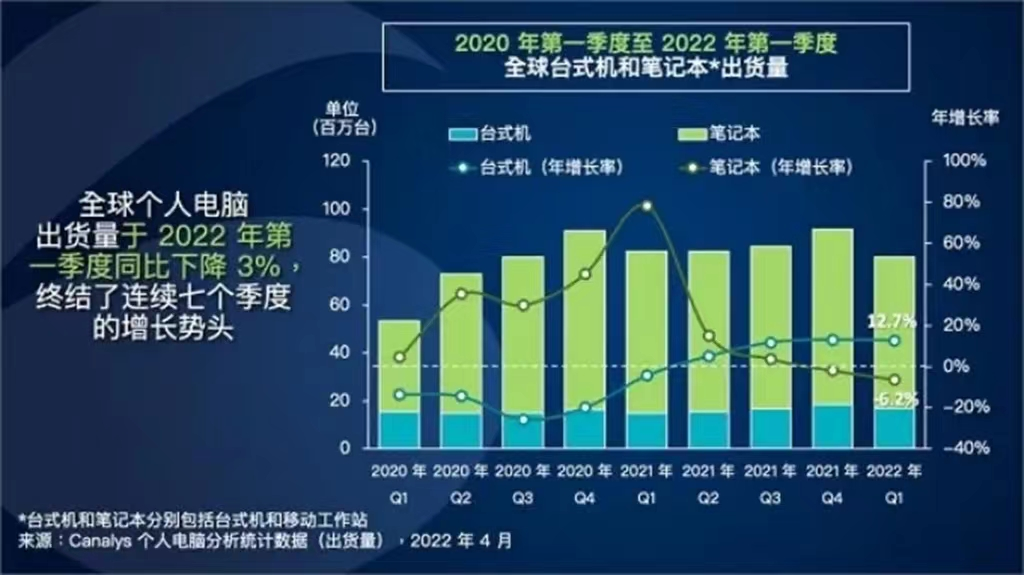Cruising the digital wave: cost reduction and increased efficiency start from productivity tools for SMEs

Small and medium-sized enterprises (SMEs) contribute more than 60 percent to the GDP, absorb more than 70 percent of the migrant rural labor force, provide 80 percent of the urban jobs, and 90 percent of the new jobs.
No matter from which perspective, SMEs play the important role of an “economy booster”.
As a company, enhancing your business value is the ultimate goal. To do this, the key is to maintain the same competition with the industry, and stand in the leading position to continue exploring new growth points.
With the rapid development of mobile Internet, many people diminish the importance of desktop computers, as its role appears to be weakening. But the truth is the opposite.
PC shipments in the first quarter were 8,010 units, ending seven consecutive quarters of growth.
But in fact, desktop computers outperform laptops. In the first quarter of this year, notebook shipments shrank by 6%, selling 63.2 million units; desktop shipments were only 16.8 million, but shipments maintained growth and rose by 12.7%.

In order to truly realize digitalization, enterprises should first start from all stages in the business chain, including early production, mid-term sales, late after-sales, and so on.
The digitization of the production link is particularly critical. According to statistics released by the National Development and Reform Commission, in 2021, enterprises used new generation digital technologies such as cloud computing and big data to operate and produce, achieving high-quality development: average quality improved by 7.7%, cost reduced by 15.1%, and efficiency increased by 7.7%.
Most SMEs are following the trend and are effectively improving productivity through digital transformation. To complete this step, the first thing needed is to purchase a large number of high-quality computer equipment. However, many enterprises easily make mistakes in procurement, blindly pursuing low prices, ignoring the actual application scenarios, resulting in more hidden costs.
“Computer performance is so terrible that it affects efficiency” “The hardware is too incompetent, and follow-up maintenance is too expensive”… many enterprises and employees complain about office computers. Choosing a suitable office computer requires a keen eye, otherwise, it is easy to fall into a variety of pit traps such as poor quality, poor service experience, insufficient hardware configuration, and later after-sales unmanned management, which all affect work efficiency and increase subsequent costs.
In fact, some companies have begun to awaken. When choosing office computers, cost performance is prioritized. Their criteria for purchasing office computers is clear: “price advantages is one thing, but performance and service should always be considered with equal importance.”


熱門頭條新聞
- The Ministry of Education encourages the inclusion of artificial intelligence education in local and school-based curricula.
- The OpenHarmony 5.0 Release version has been officially released.
- China’s Minidramas Make Big Splash
- DevGAMM Lisbon 2024 celebrates another successful edition with more than 750 attendees from around the world
- Wait What’s That – A VRy Unique Take On A Classic Drawing Game – Out Now For Free On Meta Quest!
- Slow-Motion Collapse: How Nostalgia, Streaming, and Short-Sightedness Undermined Hollywood’s Future
- PBS NOVA / GBH JOINS THE PRODUCTION OF ZED AND ARTE’S PREMIUM DOCUMENTARY THE LOST TOMBS OF NOTRE-DAME
- Biopunk Action Title Sonokuni Launching Early 2025
